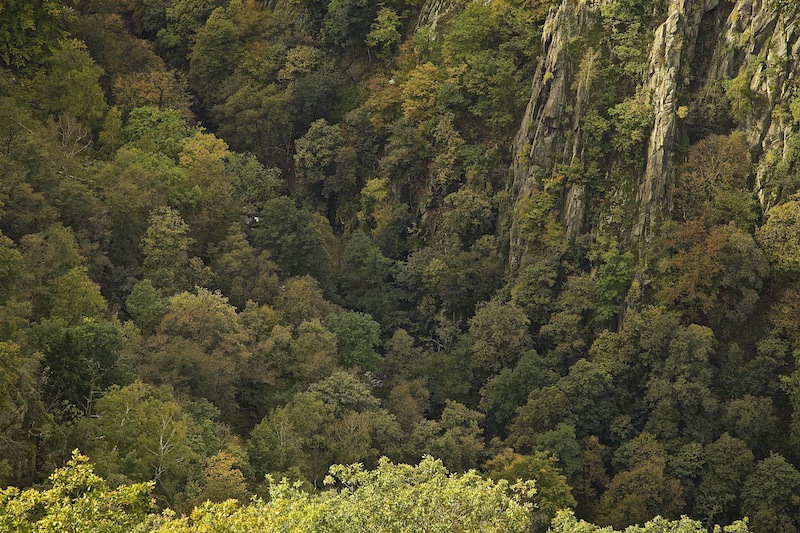September 13, 2017, Storm Sebastian
Germany was hit on September 13, 2017 by a deadly windstorm. “Sebastian”. The storm did a lot of damage in Northern Germany and killed three people. Also Southern Germany was affected by the storm. In Upper Bavaria the alps could be seen very clearly. T
his was similar like the “Foehn-Effect” but not necessarily the same like the “Foehn-Effect”. The “Foehn” is a dry wind similar to the “Santa-Ana” wind, the “Foehn-Effect” on the East side of the Scottish Highlands or The “Chinook”. It occurs when moist air is rising on one side of the mountains and turns into warm downslope winds on the other side. Often it is the southern side of the alps where rain clouds are climbing.
Then it can become suddenly very warm in the valleys and the countryside adjacent to the mountains on the northern side. It could be also vice versa and then you have warm weather for example in the Tessin and a lot of rain on the Northern side of the alps.
The “Foehn-Effect” can be dramatic in itself. With temperatures climbing very fast there is a sudden danger of avalanches in the alps in the winter. Also, the “Foehn” is held responsible for health and mental problems. Sometimes when the traffic for example in Munich feels crazy, drivers doing weird things the “Foehn” is said to be the culprit.
In this situation, it was basically that the windstorm came from the Southwest. In Southern-Germany there wasn’t so much rain but there was no dust thus the Alps appeared closer as they are. The next day the weather calmed down but in some areas, there were still train delays due to Sebastian.
The windstorm was predicted but it is still a challenge for weather-services to predict the exact path of a storm. On a much minor scale, it was a bit like with “Irma” which took a slightly different path of destruction. It will be a task for the future to develop even more detailed systems for weather-warnings to prevent tragic incidents as it happened due to this windstorm.
The extreme weather events in 2017 raised again the question if the weather is becoming more extreme and yes, it seems true to a certain extent. It will be especially difficult also in the future to do precise nowcasts of storms like this one. Therefore it is important that people take precautions when severe weather events like “Sebastian” are announced. One important rule is to not go into the woods.
If possible driving should be reduced and people should be on alert when driving on rural roads with a lot of trees on both sides. Usually, windstorms in Europe do not destroy whole buildings so unlike the hurricanes people are safe when staying at home. “Sebastian” was the first windstorm of autumn 2017 and likely more storm systems will follow in Europe.
Storms happen between October and December but there is also often this “Foehn-Effect” in Bavaria or a longer lasting high-pressure system in Middle Europe. When this happens people speak of a “Golden October” due to the colors of the leaves. The “Foehn-Effect” is a chance for photographers in the alpine regions to take spectacular pictures but need sometimes a bit of experience due to the light conditions.
There is often a very bright light during daytime and in the evening the days quickly become shorter. Upper Bavaria, for example, offers many excellent viewpoints like the Hohen Peissenberg where there is an exceptional sight of the Alps.





